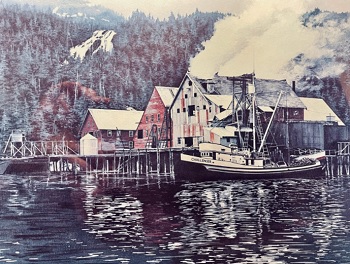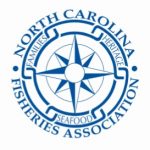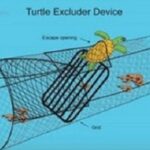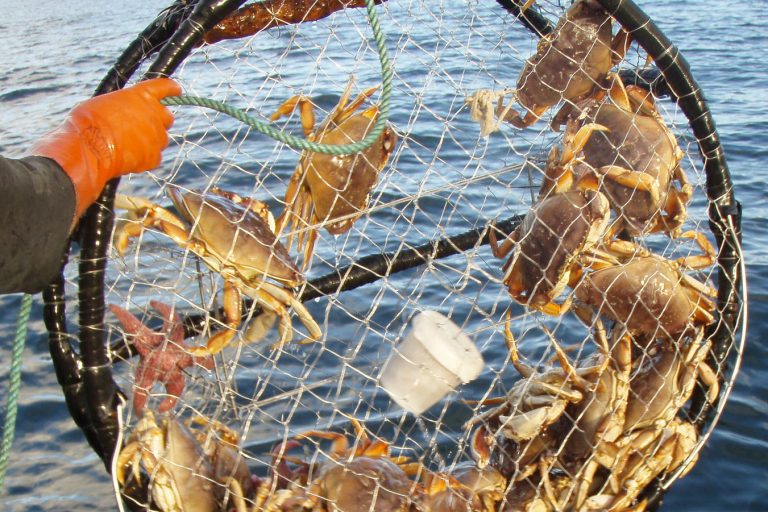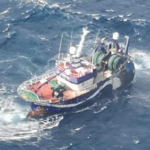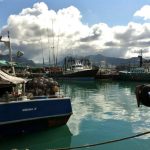Tag Archives: Dick Shellhorn
Eagle, Eagle, what are you going to do?
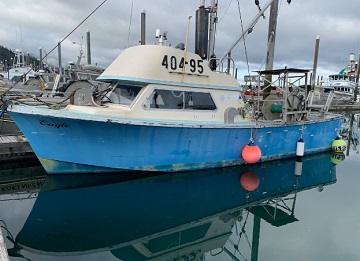 Dick and Carl Arvidson had sister ships built in Seattle. Carl named his the “Eagle,” and when they were transiting through the locks out of Lake Washington, Dick was in the lead. Evidently there was confusion for Carl, as over a loudspeaker, he heard an urgent announcement: “Eagle! Eagle! What are you going to do?” Dick and Carl were good friends and had both begun fishing in the Cordova area at a young age. Dick loved to tell the story about the maiden voyage of their matching boats. It was always good for a laugh. The Eagle still sits in the Cordova boat harbor and is used in set net operations by the Kritchens on the other side of the Sound. Seeing it reminded me of another eagle story witnessed from Renner’s Dragonfly. >>click to read<< 15:09
Dick and Carl Arvidson had sister ships built in Seattle. Carl named his the “Eagle,” and when they were transiting through the locks out of Lake Washington, Dick was in the lead. Evidently there was confusion for Carl, as over a loudspeaker, he heard an urgent announcement: “Eagle! Eagle! What are you going to do?” Dick and Carl were good friends and had both begun fishing in the Cordova area at a young age. Dick loved to tell the story about the maiden voyage of their matching boats. It was always good for a laugh. The Eagle still sits in the Cordova boat harbor and is used in set net operations by the Kritchens on the other side of the Sound. Seeing it reminded me of another eagle story witnessed from Renner’s Dragonfly. >>click to read<< 15:09
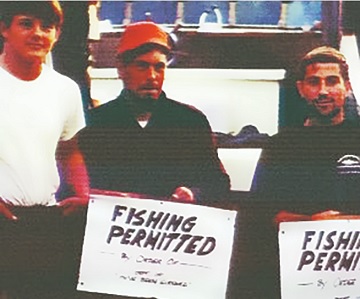
Fishing permitted
Another commercial fishing season is here, and the race is on to get those potentially lucrative “marker” sets. Back in the good old days, a series of signs designating where fishing was prohibited were placed on posts across the Copper River Flats or typically nailed to trees near various streams and bays on Prince William Sound. At one time, the Protection Division of the Alaska Department of Fish and Game even had “stream guards” camped near prime areas to prevent encroachment. “Jumping the gun” to get the first set of an opener was always a tense moment, as was pushing the “line”. One almost longs for the good old days, and some of the colorful stories that resulted. > click to read < 10:29
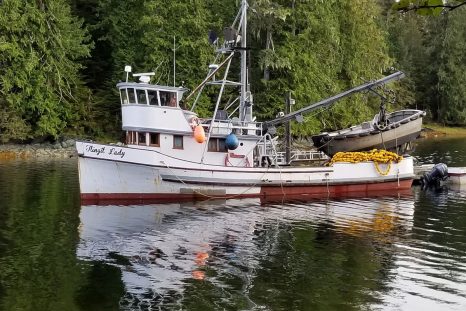
Fishing on the Dark Side
Cordova is a fishing community, and we’ve all heard stories of seiners or gillnetters being caught plying their trade in closed waters. It is sometimes called “creek robbing,” for the action often involves harvesting salmon inside the protected waters of countless streams around Prince William Sound or elsewhere in Alaska. In the Copper River drift net fishery, the term is aptly named “going over the line,” as the salmon being illegally caught are inside imaginary lines marking closed waters. >click here to read< 12:36






